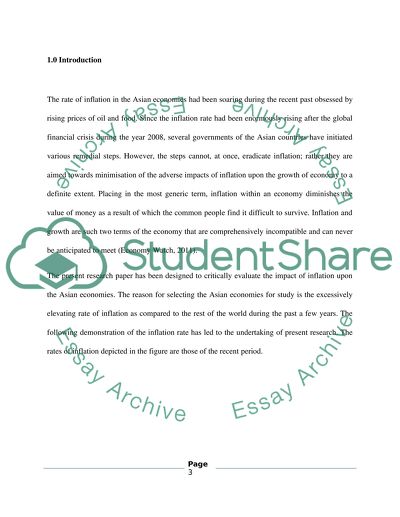Cite this document
(“Impact of Inflation in World Economics Dissertation”, n.d.)
Retrieved from https://studentshare.org/finance-accounting/1431058-the-impact-of-inflation-in-world-economics
Retrieved from https://studentshare.org/finance-accounting/1431058-the-impact-of-inflation-in-world-economics
(Impact of Inflation in World Economics Dissertation)
https://studentshare.org/finance-accounting/1431058-the-impact-of-inflation-in-world-economics.
https://studentshare.org/finance-accounting/1431058-the-impact-of-inflation-in-world-economics.
“Impact of Inflation in World Economics Dissertation”, n.d. https://studentshare.org/finance-accounting/1431058-the-impact-of-inflation-in-world-economics.


